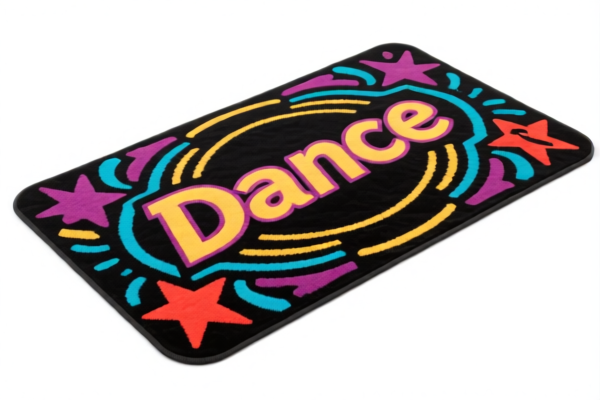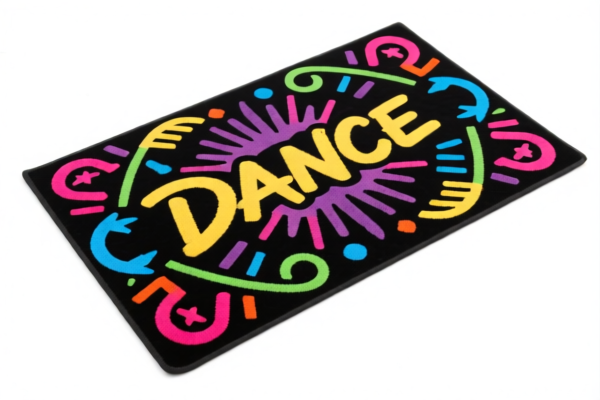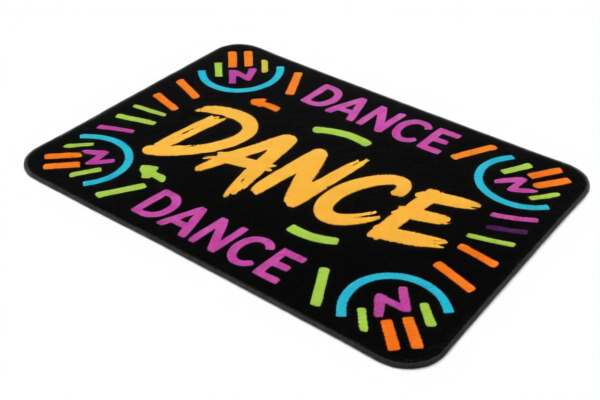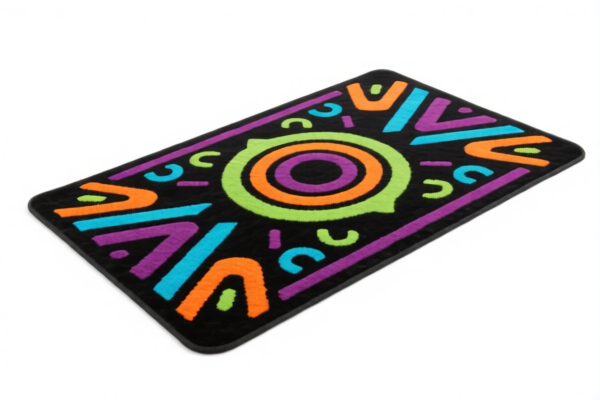| HS Code | Official Doc | Tariff Rate | Origin | Destination | Effective Date |
|---|---|---|---|---|---|
| 5701101300 | Doc | 55.0% | CN | US | 2025-05-12 |
| 5701104000 | Doc | 30.0% | CN | US | 2025-05-12 |
| 5702492000 | Doc | 59.0% | CN | US | 2025-05-12 |
| 5702912000 | Doc | 55.0% | CN | US | 2025-05-12 |
| 6301900030 | Doc | 37.2% | CN | US | 2025-05-12 |
| 6301900010 | Doc | 37.2% | CN | US | 2025-05-12 |
| 6304920000 | Doc | 36.3% | CN | US | 2025-05-12 |
| 6304930000 | Doc | 39.3% | CN | US | 2025-05-12 |




Runner Rugs
Runner rugs are narrow, rectangular rugs, significantly longer than they are wide. They are designed to be placed in hallways, entryways, alongside beds, or in kitchen aisles.
Material
Runner rugs are produced in a wide variety of materials, each offering distinct characteristics:
- Wool: Durable, naturally stain-resistant, soft underfoot, and provides good insulation. Generally more expensive.
- Synthetic Fibers (Polypropylene, Polyester, Nylon): More affordable, stain-resistant, and suitable for high-traffic areas. Often resistant to fading and moisture.
- Cotton: Soft, relatively inexpensive, and easy to clean, but less durable than wool or synthetics.
- Jute/Sisal/Seagrass: Natural fibers offering a textured look. Durable but can be less comfortable underfoot and more difficult to clean.
- Blends: Combinations of materials (e.g., wool and synthetic) to balance cost, durability, and comfort.
Purpose & Function
- Protection: Protect flooring from wear and tear, scratches, and spills.
- Safety: Provide traction to prevent slipping, particularly in hallways.
- Aesthetic: Add color, pattern, and texture to a space, enhancing décor.
- Noise Reduction: Absorb sound, reducing echoes and creating a quieter environment.
- Comfort: Provide a softer surface underfoot, especially in frequently walked areas.
Usage Scenarios
- Hallways: The most common application, providing a central strip of protection and style.
- Entryways: Welcome guests and contain dirt and debris.
- Kitchens: Placed in front of sinks or along countertops to provide comfort while standing and protect floors from spills.
- Bedrooms: Positioned alongside beds to provide a soft landing for feet.
- Stairways: Placed on stair treads for safety and aesthetic appeal (often secured with stair rods).
- Landing Spaces: Define areas at the top or bottom of staircases.
Common Types
- Traditional: Often feature intricate patterns, rich colors, and a classic aesthetic. May be hand-knotted or machine-made.
- Modern/Contemporary: Characterized by geometric designs, bold colors, or minimalist patterns.
- Oriental/Persian: Hand-knotted rugs with distinctive floral or geometric motifs. Typically made of wool.
- Washable: Designed for easy cleaning, often made of synthetic materials or with special backing.
- Outdoor: Constructed from durable, weather-resistant materials like polypropylene.
- Non-Slip Backing: Feature a rubber or latex backing to prevent sliding.
- Braided: Made from woven strands of material, offering a textured and casual look.
- Kilim: Flat-woven rugs with a distinctive geometric design, often made of wool.
Runner rugs fall under the category of textile floor coverings, and their classification depends on their material, construction, and pile type. Here's a breakdown of potentially relevant HS codes based on the provided information:
-
5701101300: This code covers knotted carpets and other textile floor coverings made of wool or fine animal hair, specifically those with over 50% by weight of the pile being hair of alpaca, guanaco, huarizo, llama, misti, or suri. These products are certified hand-loomed and folklore products.
- 57: Chapter 57 relates to textile fabrics, excluding narrow fabrics.
- 01: Heading 01 specifies carpets and other textile floor coverings, knotted.
- 10: Subheading 10 further defines carpets of wool or fine animal hair.
- 13: This specifies products with over 50% by weight of the pile being hair of alpaca, guanaco, huarizo, llama, misti, or suri, and are certified hand-loomed and folklore products.
-
5701104000: This code applies to knotted carpets and other textile floor coverings made of wool or fine animal hair, but are hand-hooked.
- 57: Chapter 57 relates to textile fabrics, excluding narrow fabrics.
- 01: Heading 01 specifies carpets and other textile floor coverings, knotted.
- 10: Subheading 10 further defines carpets of wool or fine animal hair.
- 40: This specifies hand-hooked carpets.
-
5702492000: This code covers woven carpets and other textile floor coverings, not tufted or flocked, including "Kelem", "Schumacks", "Karamanie" and similar handwoven rugs, made of other textile materials and are made up.
- 57: Chapter 57 relates to textile fabrics, excluding narrow fabrics.
- 02: Heading 02 specifies carpets and other textile floor coverings, woven, not tufted or flocked.
- 49: Subheading 49 further defines other woven carpets.
- 20: This specifies carpets made of other textile materials and are made up.
-
5702912000: This code applies to woven carpets and other textile floor coverings, not tufted or flocked, including "Kelem", "Schumacks", "Karamanie" and similar handwoven rugs, not of pile construction, made of wool or fine animal hair, and are woven, but not made on a power-driven loom. These products are certified hand-loomed and folklore products.
- 57: Chapter 57 relates to textile fabrics, excluding narrow fabrics.
- 02: Heading 02 specifies carpets and other textile floor coverings, woven, not tufted or flocked.
- 91: Subheading 91 further defines other woven carpets, not of pile construction.
- 20: This specifies carpets made of wool or fine animal hair, woven, but not made on a power-driven loom, and are certified hand-loomed and folklore products.
Regarding HS code 5701101300 and 5702912000, please note the need to verify if the products are certified hand-loomed and folklore products.
Customer Reviews
No reviews yet.